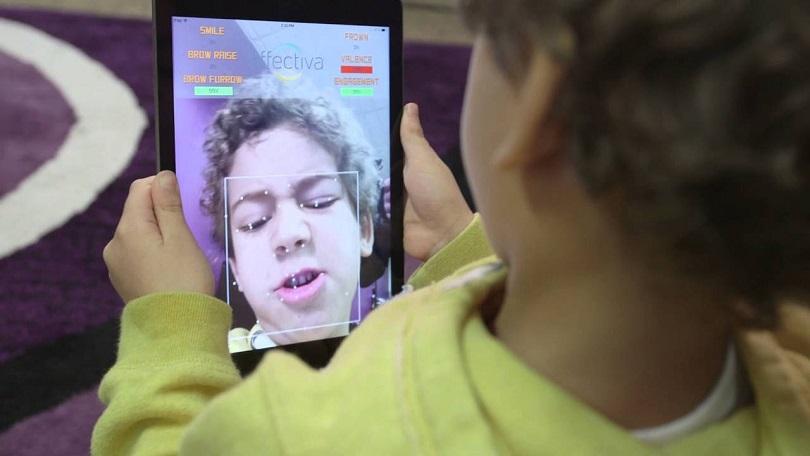
As technology progresses and the world becomes more virtual, there is a fear that we will lose the human connection and communication; but what if our devices could replace those interactions? Developers and researchers have been advancing artificial intelligence to not only create systems that think and act like humans, but also detect and react to human emotions.
This type of AI has been dubbed emotion or emotional AI. Boisy Pitre, an emotion AI evangelist for Affectiva, a emotional recognition software and analysis provider, says emotion AI allows developers to train machines to learn facial patterns and understand emotions based on user reactions. The point of this research is to develop personalized user experiences that can help improve lives.
“The Internet has created a huge divide between emotions and communications. How many times have you ROFLed with a straight face? How many times have you shown surprise just by sending an emoticon? Our life has become a series of straight faces staring at the mobile screen. The intention of using Emotion AI is to bridge this divide. It is time to take virtual communication to the next level,” said Sumesh Dugar, CEO and founder of True Emoji, a emotional AI app provider.
The technology company Brain Power has been using emotion AI to help families create an emotional connection with their autistic loved ones. The company has created an augmented reality device that aims to improve how those on the spectrum understand and recognize emotions. “We create augmented reality games with the goal of creating new, engaging ways for families to play together and grow closer while learning about emotions. With Emotion AI, we can add a new layer of intelligent interactivity, where the games can respond to the mood of players — either real or acted out — in real time and respond accordingly,” said Joey Salisbury, director of software development at Brain Power.
Affectiva provides software development kits that enable developers to incorporate this type of emotional intelligence into their applications. The company’s SDKs are able to detect anger, contempt, disgust, fear, joy, sadness and surprise. “With these seven, developers can capture a range of emotional states from their users using just the camera on their device,” said Affectiva’s Pitre.
True Emoji uses Affectiva’s SDK to create an application that can read and recognize user emotion. Its emotionally intelligent app detects a user’s facial expression, matches it with the appropriate emoticon and provides a personalized emoji keyboard to help users express their true emotion through message conversations, according to Dugar. “The beauty of the SDK [is that] it…makes you focus on the application of the technology,” Dugar said. “It uses machine learning and has a huge data set to give great accuracy of reading.”
Dugar explains we are in a world today where the roles of people and technology are reversing. Instead of humans learning from the use of technology, technology is beginning to learn as humans use it. “Technology has come of age and has started understanding one of the most nuanced feature of being human: Emotions. Thus, while thinking of its applications, the old-world assumptions and limitations need to be dropped and the new emergence needs to be understood more from a social and psychological standpoint and above all from an anthropological proposition,” he said.
However, despite all the advances being made in this space, Affectiva’s Pitre explains emotion AI still has a ways to go before it can truly reach its full potential. “The face, while an important canvas for emotional expression, isn’t the only channel of information. Our voice can also convey emotion, as can our physiological characteristics [such as] heart rate, skin conductivity, pupil dilation, etc. Being able to measure these in real-time requires advances in sensor technology. With more measurement comes more data, which will improve the experience,” said Pitre.
Developers who are looking to integrate emotion AI into their applications should experiment and create prototypes in order to get a feel for how best they could apply the technology, according to Brain Power’s Salisbury. This will help developers learn the strengths and weaknesses as well as get a creative understanding of the technology, he explained. “Like people first getting started with virtual reality, you might have some ideas for what you’d want to do with it, and then realize afterward there’s more to consider and certain applications will work better than others. It’s a rapidly evolving technology, so it will continue to grow more and more sophisticated. Staying on top of what’s state-of-the-art and how it can be most effectively applied is critical,” he said.
Salisbury does believe as the technology develops there will be huge positive potential to make technology more humane and thoughtful.
“Emotion AI’s true peak is on the horizon. It will reach billions of people and assist them in their daily lives, making us feel connected in a more human way,” True Emoji’s Dugar added.






